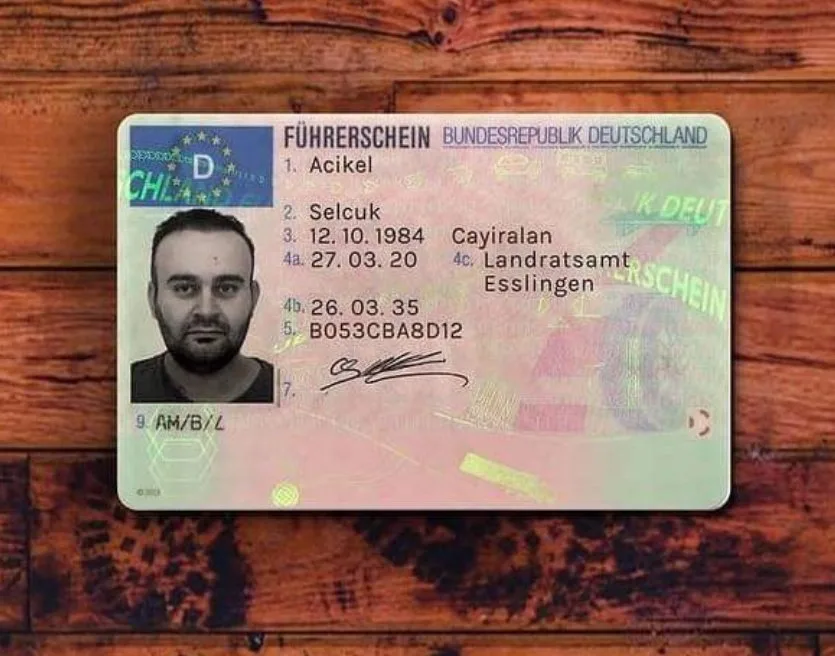Learning to Drive Without a Test: Checking Out Alternative Paths in Driver Education
In an age where convenience and development dominate the landscape of education and skills acquisition, the standard design of discovering to drive-- finishing a rigorous test to earn a driver's license-- has actually come under analysis. For numerous, the procedure of supporting the wheel, studying hard, and passing both a composed and useful driving test can be intimidating. However, emerging patterns and alternative approaches to driver education suggest that there may be ways to learn to drive without feeling the pressure of an official testing environment.
Comprehending the Traditional Model
Typically, earning a driver's license requires prospective motorists to undergo a series of tests created to determine understanding and practical abilities. These consist of:

Written Test: This evaluates understanding of the rules of the road, traffic signals, and safe driving practices.
Practical Driving Test: Applicants should demonstrate their ability to operate a lorry safely and in accordance with traffic laws.
While this design ensures that all chauffeurs satisfy a minimum standard of proficiency, it can be a source of stress for lots of learners. The fear of failure, integrated with the logistics and expense associated with testing, can discourage individuals from acquiring their license altogether.
Alternative Methods of Learning to Drive
Driving School Innovations: Many driving schools have begun to use more individualized education programs that permit students to find out at their own rate. resources consist of individually direction with certified driving instructors who concentrate on structure self-confidence rather than pressuring trainees to pass a test. Some contemporary driving schools even include online modules where learners can study the rules of the roadway in a more unwinded setting before stepping into the car.
Simulated Driving Experiences: Advances in technology have caused the development of advanced driving simulators. führerschein schwarz kaufen can offer important experience without the threat of accidents. Learners can practice their abilities in different weather condition conditions, traffic scenarios, and driving scenarios that they might not experience in normal driving classes. This hands-on method to learning can improve a trainee's competence and self-confidence behind the wheel.
Peer-to-Peer Learning: Informal driving practice with pals or household members can also function as a feasible option to traditional techniques. While this method does not entirely eliminate the requirement for official testing, it permits people to acquire convenience and experience behind the wheel without the anxiety of an official examination. Friend or family can provide assistance and feedback, making the finding out process less challenging and more supportive.
Versatile State Regulations: Some areas are beginning to reassess their necessary testing policies, especially for certain demographics, such as veterans or people with specials needs. These modifications show a growing acknowledgment that life experiences and driving routines might not constantly align with conventional testing requirements. Advocacy for a more holistic technique to assessing driving skills is ending up being a subject of discussion in numerous legislative circles.
Private Certifications: In certain places, people might check out options that focus more on mentorship and much safer driving habits rather than conventional tests. Certification through neighborhood programs or recognized organizations that endorse experiential knowing might motivate safe driving while bypassing the basic testing path.
The Benefits and Drawbacks
While learning to drive without an official test provides numerous prospective benefits-- such as decreasing stress, cultivating a more inclusive environment for students, and concentrating on competence over testing anxiety-- it also raises concerns. Critics argue that getting rid of official assessments might lead to disparities in driver readiness, potentially compromising road safety.
Furthermore, standard testing serves not just as an assessment of abilities, however as a standardized standard that guarantees all drivers have the necessary understanding to browse the roadways safely.
Conclusion
The landscape of driver education is progressing. As alternative methods of finding out to drive gain traction, striking a balance in between flexibility and security is critical. While it is clear that there are avenues for discovering to drive without the pressure of an official test, making sure that all motorists maintain a high standard of security must remain a top priority. In the future, we may see more customized techniques to driver education that accommodate various learning designs, eventually resulting in much safer, more confident chauffeurs on our roads.
